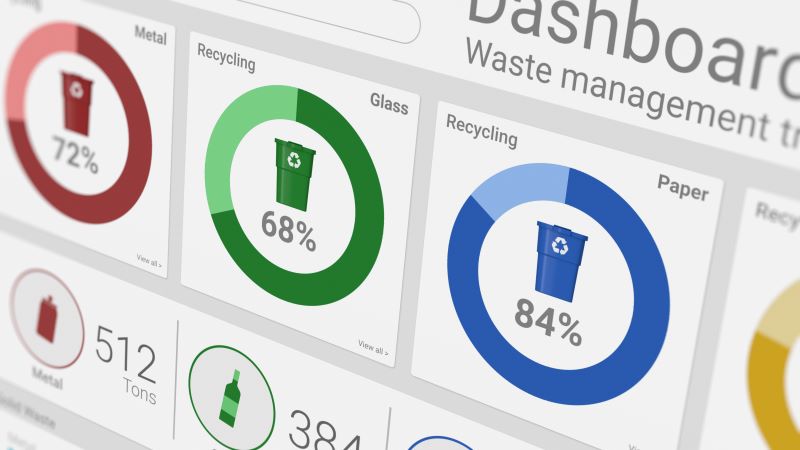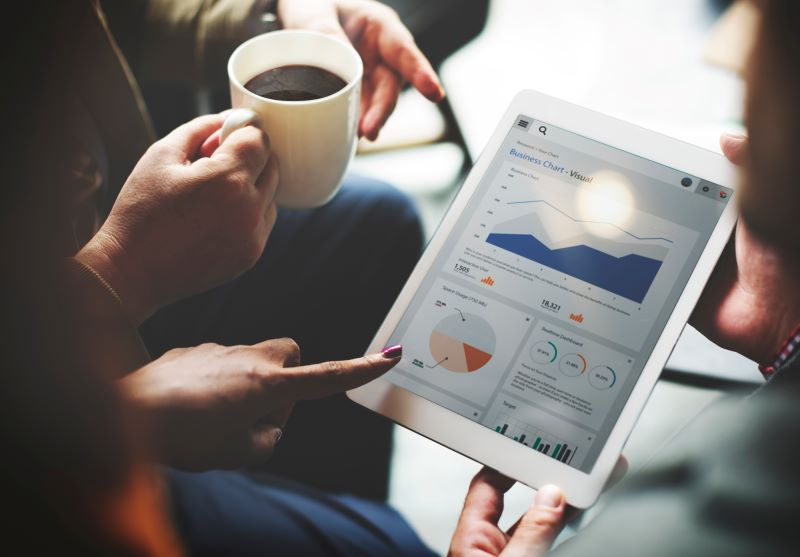Summary
Like the dash on your automobile, a custom data dashboard for your business enables users to understand data and improve overall efficiency and profitability. For an organization, a dashboard tracks, analyzes, and displays metrics. It unearths answers to vital questions and empowers your organization to evaluate progress and even foretell the future.
More in demand than ever, LMS provides custom-designed dashboards for its client partners. The insight gained mobilizes technical teams to not only monitor but act upon technical issues in real time. Meanwhile, years of operational support for partners in diverse industries – from medical to hospitality – have provided us with indispensable insight into ensuring an uncompromising customer experience.
The LMS dashboards are fully customizable, scalable, and able to integrate with existing legacy systems. The art of discovering the most relevant information for our partner is what makes the dashboard an indispensable tool for business management.

Pain Points
Many organizations have dashboards that do not perform as needed. Annoyingly, information may not be categorized efficiently or easily accessible. Different divisions within the company may not be accurately displayed, or the dashboard may be well suited for a medical device company but not a manufacturer.
There also is the instance of too much data. Many companies have so much disorganized data that it becomes as much of a hindrance as an asset. Hence, the need for data cleansing and organization runs hand-in-hand with a well-executed dashboard.
A poorly-designed dashboard that is not user-friendly is an unprofitable investment, time-consuming, and does little to inspire confidence in organizational stakeholders.
Opportunities to create a user-friendly custom data dashboard include:
- Visual cues such as color schemes, bold type, or icons.
- Charts displaying sales, inventory, shipping, and other metrics.
- Customer and supply demographics for business locations.
- Sales statistics and customer reviews for marketing and social media.
- Technical incident and resolution reports.
- Heat maps to show the relationship between elements such as demographics, frequency of interaction, and purchase history.
Telling a story by showing trends gives technical and non-technical users a concise summary of what has gone on in past moments, months, or years. What is the most popular lunch item that customers order? Do they place the order online, via phone, in person, or is it busiest following certain shows in your theme park?
Custom Data Dashboard and the Crystal Ball
A dynamic dashboard’s “crystal ball” effect provides insight into the future. What will the campaign cost? Does the ROI what you expect? What will overall success will the dashboard provide for your client partner?
Having complete access to necessary data to anticipate trends provides the vision to deliver the best experience for your customer.
The differences in features, scale, and customization are limited to your desires. Alternative approaches to dashboard construction are flexible and can be incorporated into existing legacy systems. Your dashboard must be appropriately tailored for your audience. It must be the right tool for the right job.

From a Singular Narrative to User Configuarability
Operations management company Crunchtime focuses on multi-unit restaurants and published Six Key Features of Restaurant Operations Dashboards That Drive Results.
- The first feature suggested is a singular narrative providing simple answers to straightforward questions such as, “How are we doing?” Inventory, menu item sales, labor productivity, and individual store profitability should be listed on a single dashboard that managers and stakeholders can access.
Although these items are restaurant-specific, the point is to be able to see a clear picture of performance and be able to act decisively if opportunities arise. For all users to have trust and ease of use with the data is paramount.
- Feature number two advises making specialized KPIs (key performance indicators) available for the individual. Different teams and stakeholders view success differently, and a wide range of statistics measure success according to differing factors.
- Reporting by hierarchy to provide layers of access for sensitive information. For instance, an auto parts store manager could view labor costs for his location, while a regional manager could see labor costs for all stores under his leadership. Hierarchies assemble performance data for any segment, including brands, regions, or sales promotions.
- Spotlight cost-saving opportunities. In food service, “Actual vs. Theoretical” food cost comparisons can paint a larger picture. Actual food cost adds the total ingredients used during a specific time divided by food sales. Theoretical cost is what your food costs should be, based solely on the menu items sold according to the latest cost of those ingredients.
Actual Cost versus Theoretical
Although actual food cost is more commonly used, the theoretical cost is a more accurate indicator of kitchen efficiency. This type of statistical breakdown – for instance, on a cruise ship or in a hotel – demonstrates the value of flexibility and scalability in a custom data dashboard.
- Task details and deadlines enable team members to prioritize. A dashboard task list is created by the system based on company rules, such as daily inventories. Leaders can then monitor and modify these tasks, creating a dynamic tool for organizational excellence. Again, applicable to nearly any industry, especially large enterprises.
- Ease of configurability is last on the Crunchtime list. It ensures that anyone permitted access to the dashboard is able to configure KPIs to their roles, location, and responsibilities. Enabling customization can go a long way toward ensuring expectations and transparency.
An Effective Dashboard
An effective dashboard must be delivered efficiently. The fewer words and graphics, the better the experience and results. All users should be able to answer their inquiries immediately. The ability to Integrate flexibility and individual control is essential.
The ability to live the guest experience through the end user’s eyes provides indispensable insight. In turn, that knowledge enables the dashboard architect to further customize functionality.
Brad Cohen, LMS SME for travel and leisure, recalls insight from end users in designing a major theme park’s food and beverage service system. The system was created not by park designers but by some of the most experienced theme park service personnel from around the U.S.
“From our database of several years, we knew that food and beverage service in a theme park is a different proficiency than in normal venues,” Cohen explains. “There is a different schedule, rhythm, inventory, and cost analysis. Without the daily metrics provided by the database, speculation could enter into the equation, and that is not an option. We require a dashboard that is customized, not homogenized.”

Solutions
Dashboards offer a unique and flexible way to view important data and trends. For instance, multiple metrics can be viewed at a glance. The information layout can be organized to call up the most often requested data. Drill down from there for a detailed look at items ordered, the age of your customer, or how many times they’ve visited your facility.
Solutions that a custom dashboard offers:
- Making Better Decisions – Spot trends, predict customer behavior and seasonal changes
- Targeting Opportunities – View critical data and metrics to track prices and social media trends
- Advertising Content – Knowing patterns and customer inquiries provides timely ad content
- Staffing – Knowing what, when, and where incidents occur ensures appropriate coverage by proper staff

Conclusion
What can a customized dashboard do for you? The days of pouring over Excel sheets to gauge company performance are over. Dashboards exist to provide quick, easy data visibility. They measure performance, ensure data transparency, detect changes in your business, and help forecast what is to come.
The flexibility to work with other systems is imperative, as is a talented team to construct and maintain the system. It is vital to communicate with our partners to determine what they want and need. Customization and scalability are essential, as are a qualified team and work habits to make it happen. An effective dashboard keeps everyone on the same page and working toward the same goal.
What do you see in your future?
